How to Kayak Alone: 10 Essential Tips for Safe Solo Paddling
Paddling a kayak by yourself can be a peaceful, enjoyable experience. But it also comes with some extra risks since you don’t have a partner to help if something goes wrong. The most important things to do How to Kayak Alone are:
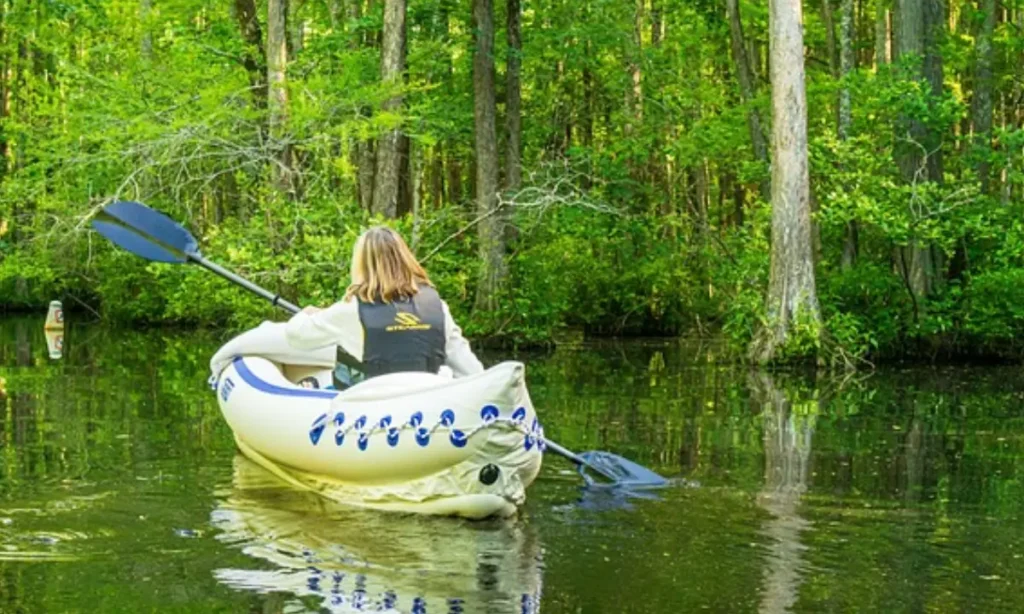
The rest of the article explains these safety tips in Kayak Alone in more detail. Let me know if this simplified intro gets the main ideas across clearly. Learn more about the Kayak Camping Gear List and Packing Tips.
Venturing into Kayak Alone: A Word of Caution for Beginners
Kayak Alone is best for experienced paddlers who have mastered their skills over time. Although learning the basics of kayaking can be straightforward, more advanced techniques take practice before going solo.
Beginners need to kayak with others or in busy areas where help is close. Take opportunities to learn from seasoned kayakers about reading the water and adapting your paddling.
To become a stronger paddler, take a complete kayaking course. You’ll learn crucial skills like getting back into a tipped kayak and paddle strokes. This will prepare you for safe and fun solo kayaking trips down the road.
10 Tips for Kayaking Solo
These ten tips cover some key aspects of solo kayaking. But they don’t include everything you need to know or replace hands-on training. See them as an introduction to important solo kayaking basics to understand before starting.
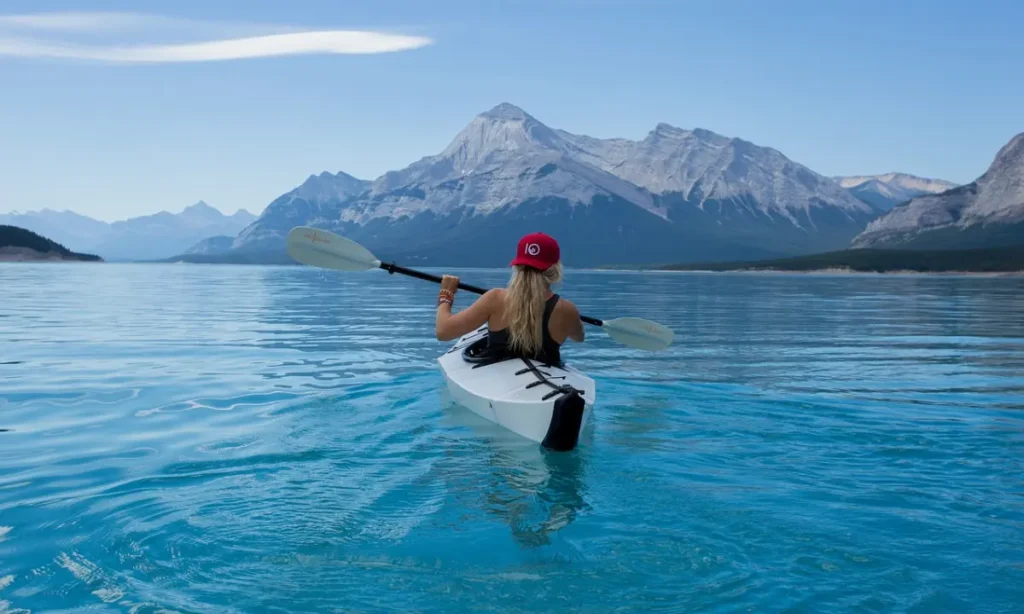
Like many outdoor sports, kayaking requires continuous learning. Never get complacent or assume you know a location fully. Overconfidence can lead to danger, even for very experienced kayakers revisiting familiar spots.
When you Kayak Alone, you are your safety net. Help could be hours or days away. So be cautious in your solo kayaking and avoid unnecessary risks. Approach each trip with care, even places you’ve been many times before. There is always more to learn on the water.
The Ten Essentials For Kayaking and Beyond
Monitor Weather Conditions
Before a solo kayaking trip, get the most current and accurate weather forecast you can. Don’t just rely on a phone app – look for marine forecasts with wind, water conditions, etc.
In the U.S., NOAA has real-time marine forecasts for coastal and Great Lakes regions. Canada has similar forecasts for its oceans.
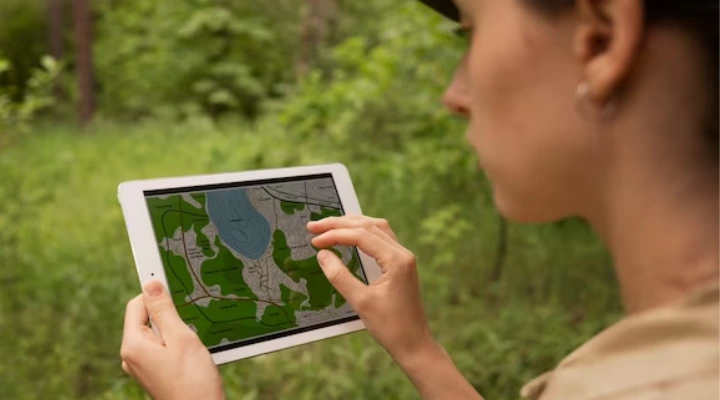
But even reliable sources can’t guarantee perfect accuracy. Weather can shift unexpectedly, especially in fall and spring. Be extra cautious kayaking then.
For multi-day trips, bring a marine radio or device for weather updates. Coastal automated stations broadcast the newest forecasts – check in morning and night to stay informed.
The key is getting quality marine forecasts and monitoring for changes. Weather conditions directly impact kayaking safety and must be taken seriously, even on familiar waters.
Plan Your Route
Careful route planning is key for solo paddling. Going Kayak Alone can allow faster speeds without adjusting for others. But don’t take on overly ambitious mileage each day. In neutral conditions, plan for about 3 miles per hour.
Take a conservative approach to avoid feeling rushed or paddling through risky areas. Aim for up to 6 hours total per day – 3 before lunch and 3 after.
Use marine charts to map your route. Have a waterproof paper copy as backup beneath deck bungees. Digital maps help but can fail.
If new to an area, ask local experts about tides, rough spots, and camping sites. For parks or protected areas, check for closures and wildlife rules.
For more route planning details, see our full guide on choosing ideal paddling routes.
Share Your Float Plan
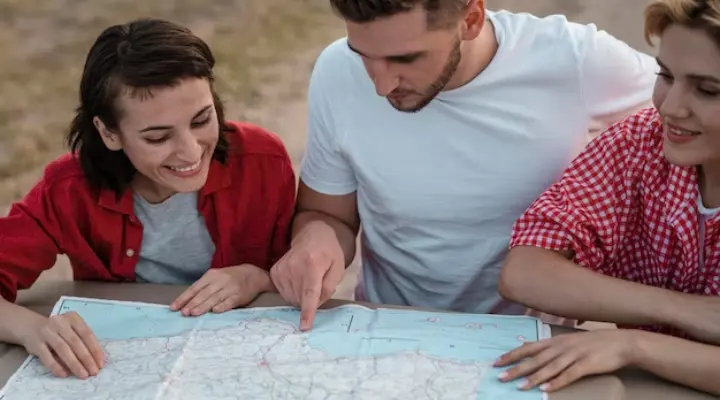
Once your route is set, make a detailed float plan to share with someone trustworthy. Include your trip length, potential campsites, and expected return date/time.
Agree on a schedule for checking in with them, even if nothing is new. Regular check-ins show all is well or signal an issue if you miss one. They can then assist with a rescue if needed.
Ideally, choose someone local to your kayaking area who knows the region you’ll explore.
Prepare a Comprehensive Safety Kit
The length of your trip determines your safety kit size and contents. Use a dry bag just for emergency gear in an easy-to-reach spot, not buried deep.
Include basic first aid for cuts, sprains, etc. Have a hypothermia kit with spare dry clothes and a thermal blanket. Pack waterproof matches and a fire starter for any weather.
Add water purification tablets for emergency water. Always purify collected water to avoid illness.
Store any medications in your kit too. Even without allergies, bring antihistamines/Benadryl. Include an epinephrine pen if possible.
Carry a Communication Device
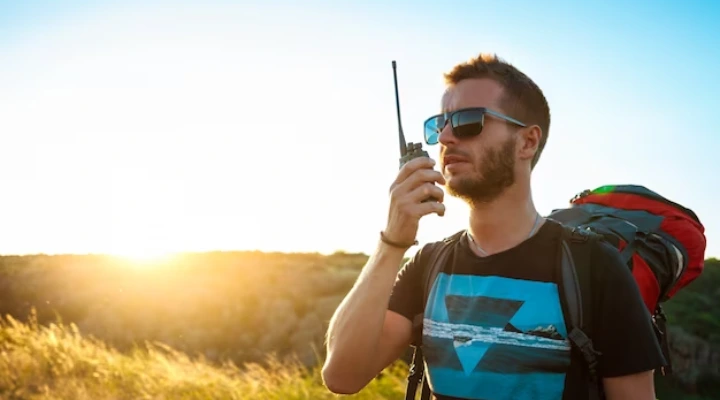
Many communication options exist beyond VHF radios. For instance, Garmin products let you check the weather, access charts, call for help, and stay connected. Note many devices require subscriptions for full features. Don’t let convenience lead to unnecessary risks. Only use emergency buttons in true life-or-death situations.
Misusing devices like Garmin’s inReach strains Search and Rescue. But with responsible use, they’re valuable for communication and safety. When possible, carry multiple devices – like an inReach, VHF radio, and spare batteries. VHF can get quicker help since mariners monitor channel 16.
Dress Appropriately for the Water Temperature
Always wear a life jacket, no matter where you kayak or your swimming ability. Water temperature doesn’t matter – a life jacket can save your life. Never go without one. Consider a dry suit for solo kayaking in cool or cold water. Though expensive and bulky, they provide key safety time to re-enter your kayak if you go overboard.
If a dry suit isn’t feasible, wear layered synthetics or wool that insulate when wet. Avoid cotton shirts and jeans which don’t wick moisture.
Pack spare dry clothes in a dry bag. Check our kayaking clothing guide for more tips.
The key points are to always wear a life jacket and dress for the water temperature. Proper gear like dry suits and synthetic layers could save your life if capsized Kayak Alone.
Carry a Spare Paddle
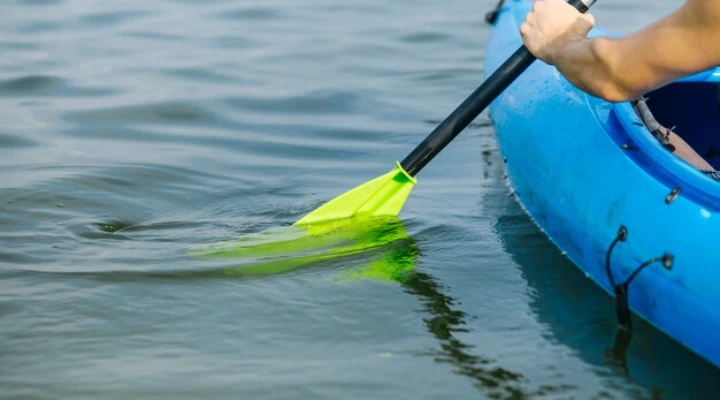
It’s really important to have a backup plan when you’re out on the water. Just like small boats often have an extra engine in case one fails, when you’re kayaking, it’s smart to bring along a spare paddle, even if you’re not going far.
Your spare paddle doesn’t have to be fancy or cost a lot, but it should be easy to reach while you’re in the kayak and should fit nicely on your kayak for storage.
Stock up on Food and Water
Even for short trips, pack food and water for overnight, just in case. Having extra could prevent risks if you’re stranded, delayed, or face bad weather. Choose non-perishable, high-calorie foods to maintain energy and body heat if stuck overnight. Store emergency food with your first aid kit in a dry bag. Good options are oats, energy bars, and candy bars.
Ample food and water provide safety if plans go awry. The key is having enough to wait out issues instead of taking risks to return. Proper preparation makes all the difference in kayaking safely Kayak Alone.
Master Self-Rescue Techniques
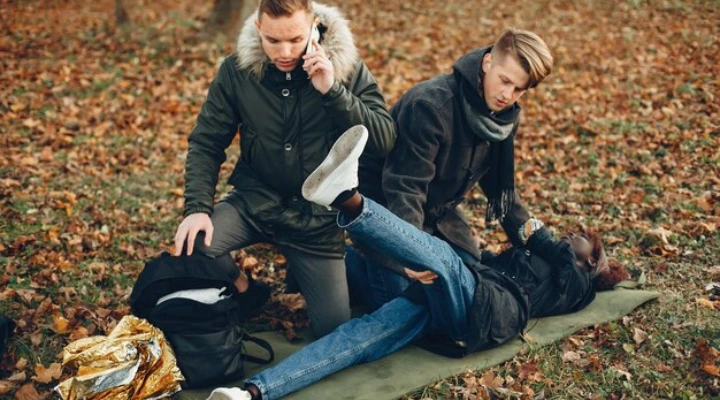
Knowing how to re-enter a capsized kayak is essential. It’s harder without a partner to help.
Practice in calm water before going solo. Real situations won’t be ideal. Carry a paddle float on deck for easy access. It turns your paddle into an outrigger to simplify re-entry. Bring a bilge pump to remove water from the cockpit. I also explain How to Portage a Kayak: Carrying Tips and Solutions.
After re-entering, head to shore ASAP to change clothes, eat, and drink something warm.
The key points are to practice capsizing/re-entry in advance and have the right gear like a paddle float and pump.
Recognize and Respect Your Limits
Respect the water and solo kayaking – one mistake can greatly reduce your margin for error Kayak Alone. When possible, paddle with others. If solo, be extra cautious. You’ll need to rely on yourself to handle any situation. If uncertain about conditions, you have only yourself to consult.
With experience, you may become more cautious, especially solo. Trust bad feelings or inner voices urging you off the water.
With preparation and care, solo paddling can be rewarding. But only attempt it when fully confident in your skills and judgment.

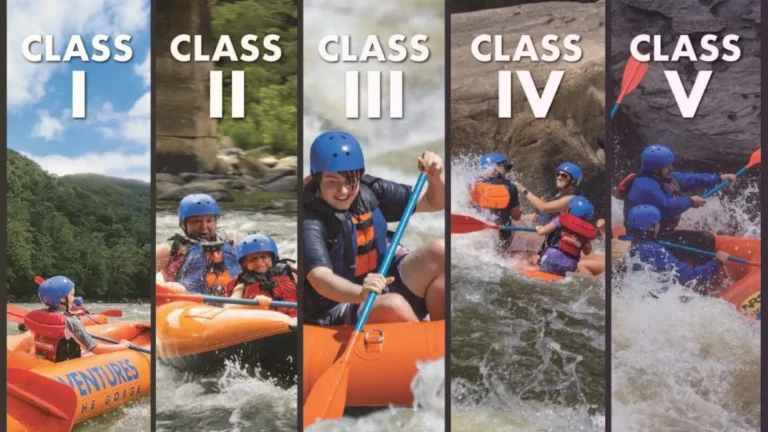
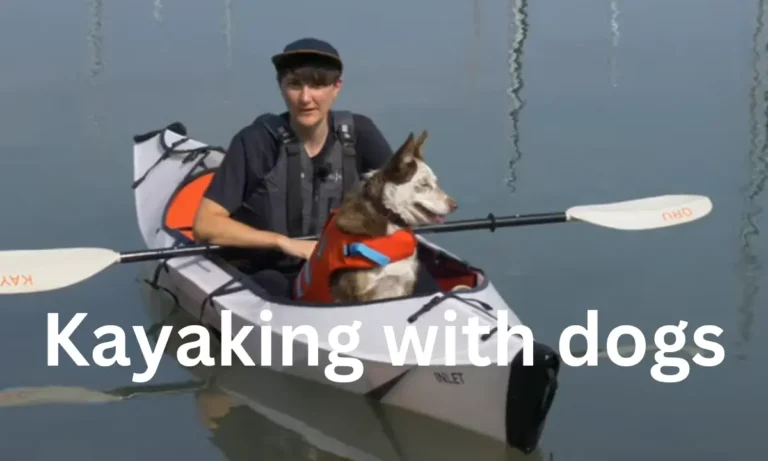
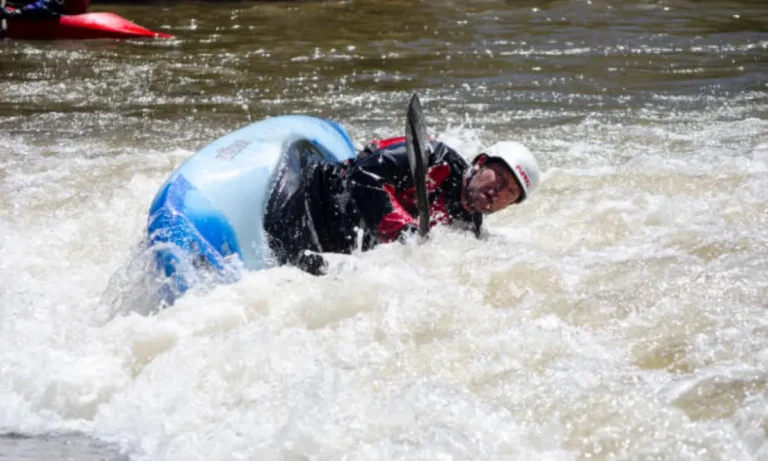
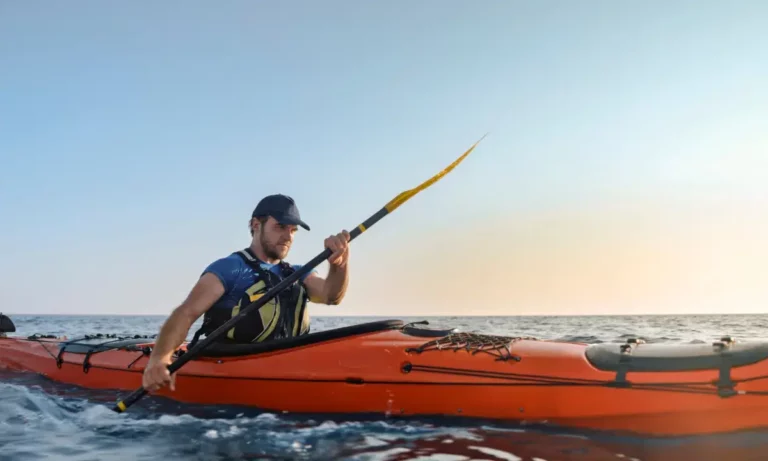
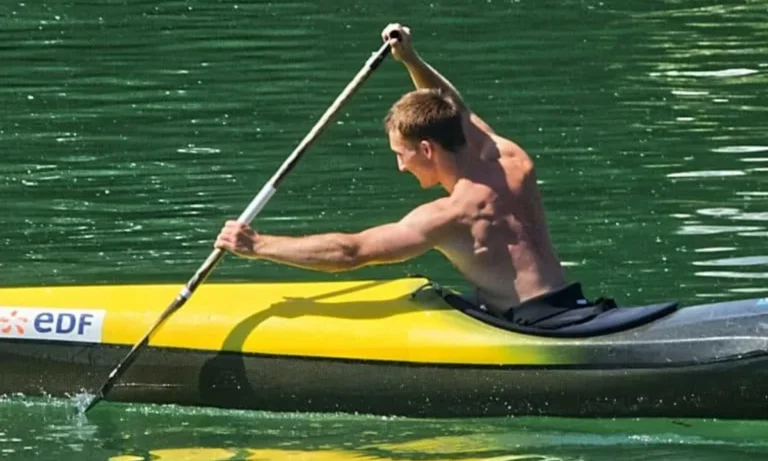
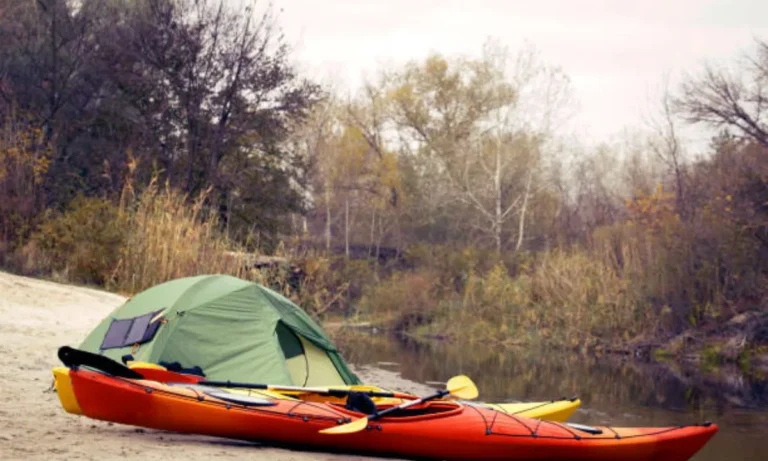
2 Comments